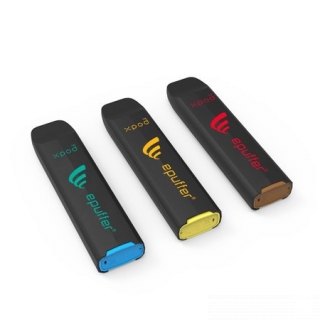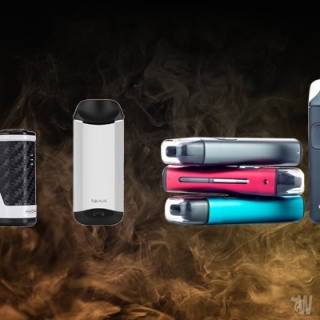E-cigarettes and the media

Electronic cigarettes are gaining more and more popularity and adults are extensively exposed to marketing through the media, but those messages reach diverse demographic groups in different ways, according to a survey by researchers at the University of Illinois at Chicago’s Institute for Health Research and Policy. 86% of those surveyed were aware of electronic cigarettes, and 47% had seen or heard about them on television, on the radio, in print media or online. The survey of 17,522 adults was conducted online last year.
‘These are significant findings, given how recently these products have entered the market and the fact that less than 20 percent of the US population was aware of them five years ago,’ said the study authors.
Out of all the media channels, television was the most common medium for stumbling upon ecigs, with almost two-thirds of people saying they saw them on TV. The other means through which people witnessed e-cigarette info were Internet banner ads, with 14% of advertisements, e-mail 13%, Internet search engines 11%, and Facebook with 9%. Out of these, tobacco smokers, young adults, males, people with more than a high school education and those who use social media and spend time online on a daily basis are more likely to receive a passive exposure to electronic cigarette info (getting the messages without seeking them).
According to Sherry Emery, a senior scientist at the UIC institute and lead author of the study, ‘These findings may have implications for e-cigarette marketing regulation.’ This is because many electronic cigarettes do not have the necessary funds for TV marketing campaigns and radio ads and they rely mostly on the Internet and social media to increase brand awareness. More renowned companies like ‘blu eCigs’, who is backed up by Lorillard’s distribution channels and billion-dollar budget, afford the price of celebrity endorsed TV ads and thus increase their popularity exponentially.
Although interviewers did report sharing facts about e-cigarettes via Facebook, texting, email and Twitter, word-of-mouth exchange was most common, at 54 percent.The study also revealed important demographic dissimilarities in how people search and share e-cigarette information online.
Therefore, tobacco smokers were five times as probable as non-users to report sharing information about vaping devices. Young adults were nearly twice as probable as other participants to have shared e-cigarette information. Ecig users were more likely than non-users to search for electronic cigarette info on Facebook, and more likely than non-users to share such information by word of mouth and on Facebook. The same study indicated that Latinos and Lesbian, gay or bisexual individuals were more likely than others to share e-cig facts on social media.
This survey is the first to explore how different groups interact with media messages about e-cigs, and it shows that social networking is a vital component of both formal and informal e-cig marketing.
‘While we cannot tell from this cross-sectional work whether the differences in e-cig media consumption reflect targeted marketing, self-selection, or a combination of the two, this work suggests that closer scrutiny of e-cig marketing practices is warranted,’ said Emery.










